[Explaining how to freeze fish! ] Introducing storage period and thawing method!
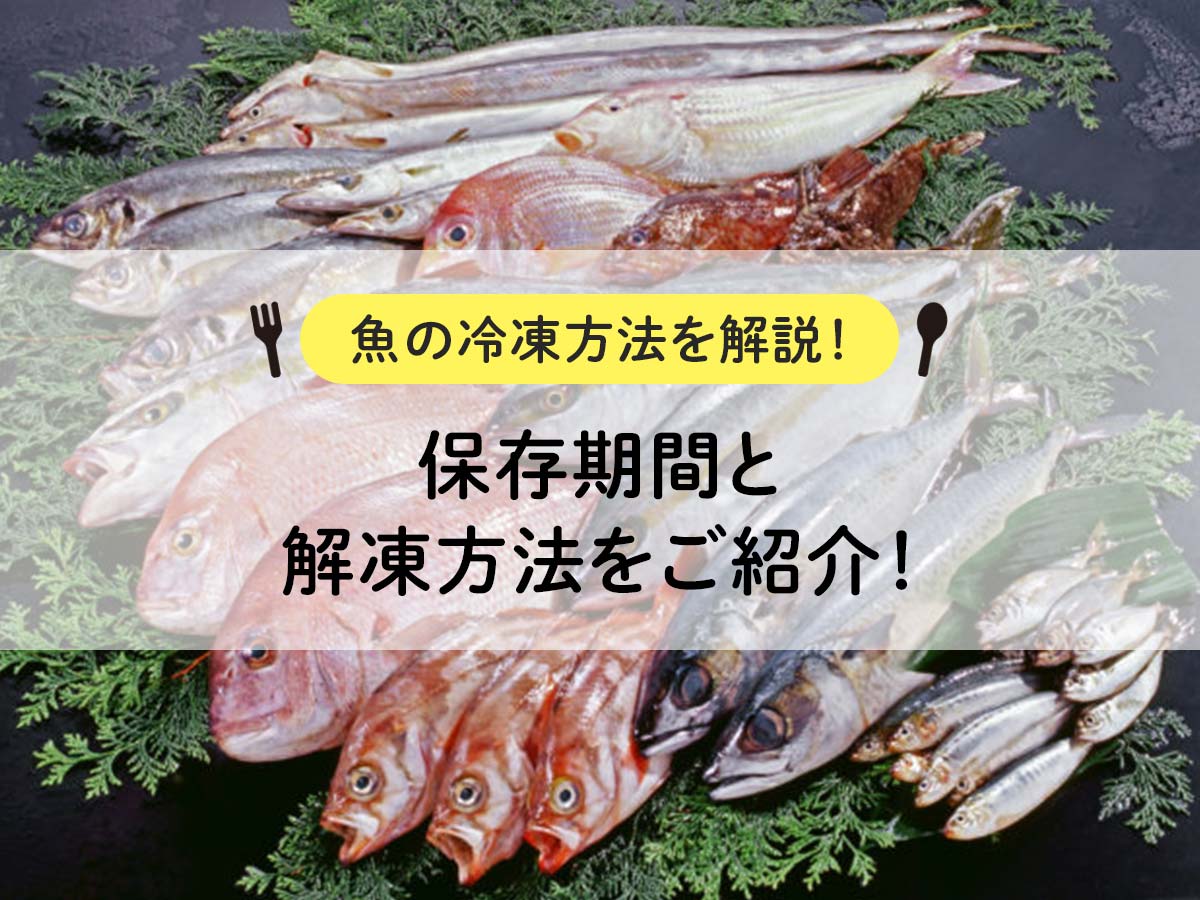
How do you usually store the fish you buy?
Some people say, ``I only buy the amount of fish I need for that day,'' while others say, ``I store it in the refrigerator.''
And some people might say, ``I put it in the refrigerator and forgot about it, and by the time I noticed it, it had gone bad.''
Unless you plan to use the fish on the same day you buy it, we recommend freezing it.
The reason why freezing is recommended is not only to extend the shelf life, but also to maintain freshness and nutrition.
This article introduces how to freeze and thaw fish, the expiry date of frozen fish, and easy recipes using frozen fish.
Please read on as you will definitely find some useful information about freezing fish.
目次
frozen fish nutrition

Freezing is a convenient way to significantly extend the already short shelf life of fish.
However, on the other hand, have you ever wondered, "Will freezing food destroy its nutrients?"
Here, in order to answer these questions, we will talk about ``What happens to the nutritional value of fish when it is frozen?''
The nutritional value does not change when stored frozen.
I'll start with the conclusion.
Refrigeration does not change the nutritional value of fish.
I will explain it in detail below.
First, enzymes and microorganisms are present in foods. These systems continue to operate even after the food has been harvested. This also degrades the food and reduces its nutritional value.
If you leave food at room temperature, it may change color or go bad. This is due to the action of these enzymes and microorganisms (there are also other factors such as oxidation and drying).
So what happens if you store it frozen?
The temperature inside a typical household freezer is approximately -18℃.
At this temperature, enzymes and microorganisms become inactive. In other words, the food does not deteriorate. This means that there is no loss of nutritional value.
For this reason, it can be said that ``freezing fish does not change its nutritional value.''
Key points to maintain freshness
Freezing can prevent deterioration from the inside due to enzymes and microorganisms.
However, freezing is not a panacea either. This time, oxidation and drying progress from the outside.
When you freeze fish, if any moisture remains or any surfaces are exposed to air, oxidation and drying will progress from there.
Oxidized ingredients become whitish and lose their flavor significantly. Dry ingredients will still have a dry texture even after thawing.
To avoid this, please be careful of the following two points when freezing fish.
1. Wipe off moisture thoroughly
2. Wrap tightly with no gaps.
How to freeze fish
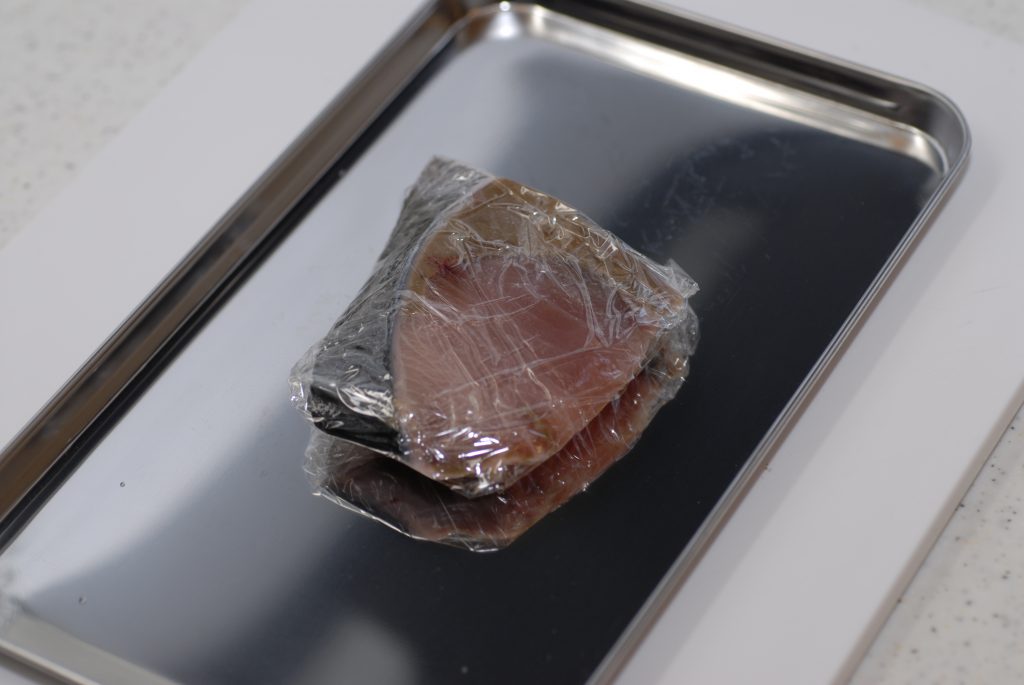
As the name suggests, this is a method of freezing raw fish.
In addition to freezing the whole fish, there are various ways to do it, such as grating it into three pieces, cutting it into chunks, or cutting it into fillets.
If you want to freeze the fish raw, it is important to remove the internal organs and pith as soon as you buy it. This is because, as I wrote earlier, fish often get damaged from the inside.
After removing the internal organs, carefully drain the water and wrap tightly in plastic wrap, leaving no gaps. By not exposing the food to moisture or air, you can protect the food from oxidation and drying.
Season and freeze
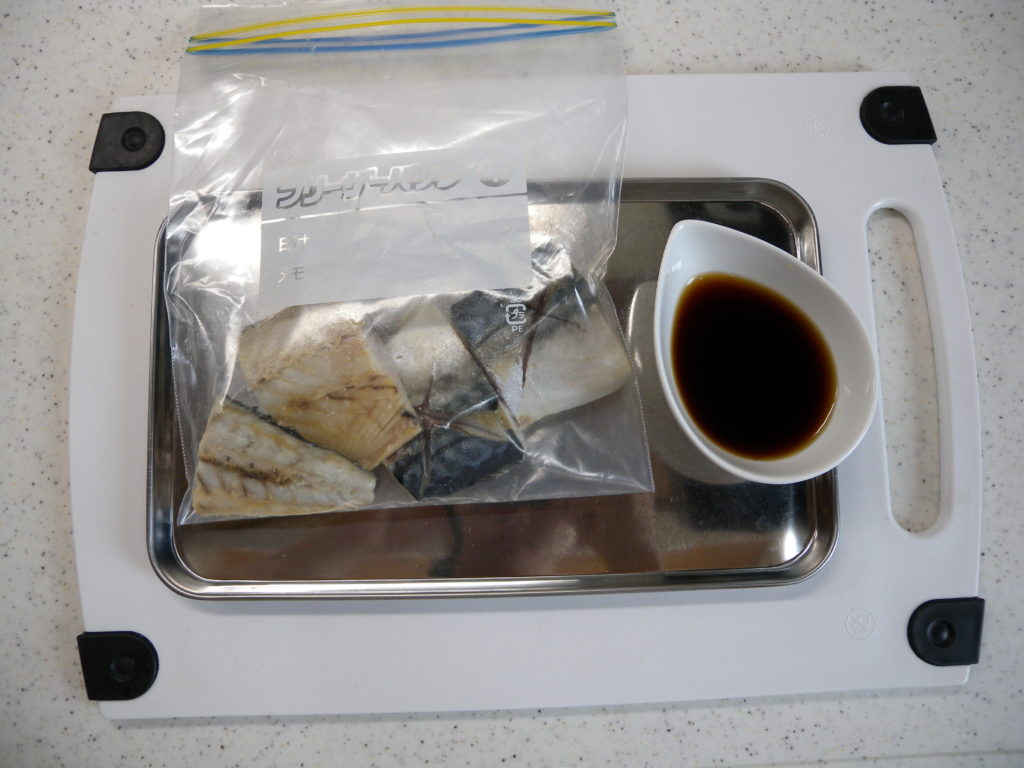
This method involves adding seasonings such as soy sauce, sake, or mirin before freezing.
Place the fish and seasonings together in a freezer bag, remove excess air, and freeze.
Below are some examples of seasoning patterns.
・Soy sauce + sake + mirin
・Salt + pepper
・Sake lees
·miso
This is a very convenient method that can shorten cooking time by seasoning the food in advance.
Heat then freeze
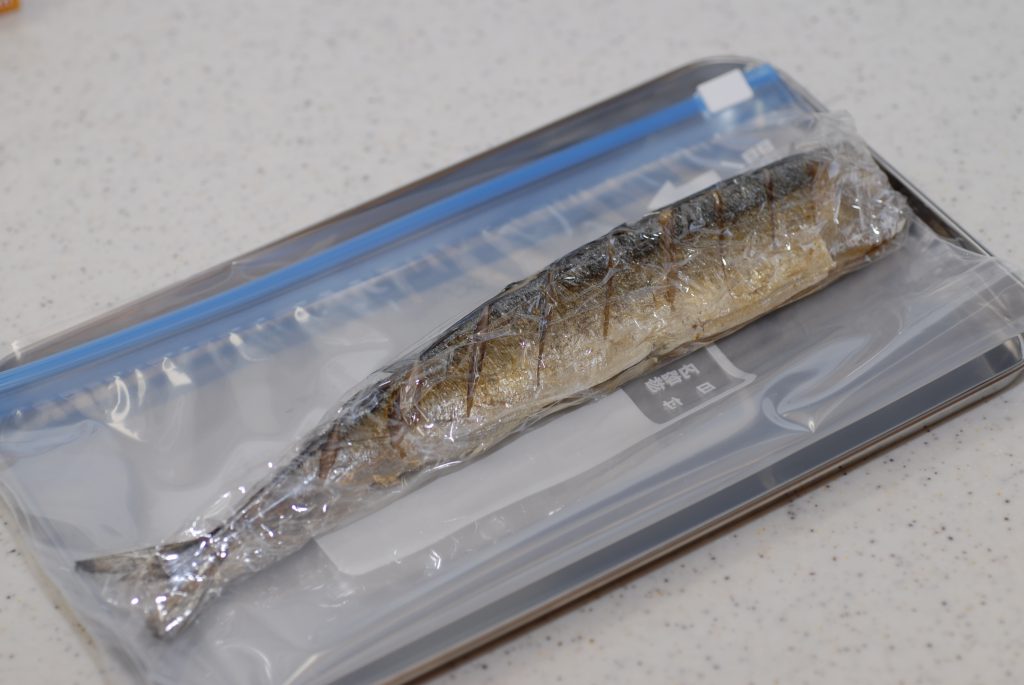
This method involves cooking the fish with heat, such as grilling it with salt, grilling it with kabayaki, or boiling it, then freezing it.
Since you can prepare the food in advance and freeze it, it is very useful when you are tired or don't want to waste time and effort.
Additionally, salmon and horse mackerel can be salt-grilled, then broken into flakes and frozen. If you freeze it in flakes, it will come in handy for lunch boxes or as an ingredient in homemade furikake.
[For grilled with salt]
Once cooled down, wrap tightly in plastic wrap, place in a freezer bag, and freeze.
[For Kabayaki/boiled fish]
Once cooled down, put the sauce and juice in a freezer bag and freeze.
Surimi and freeze
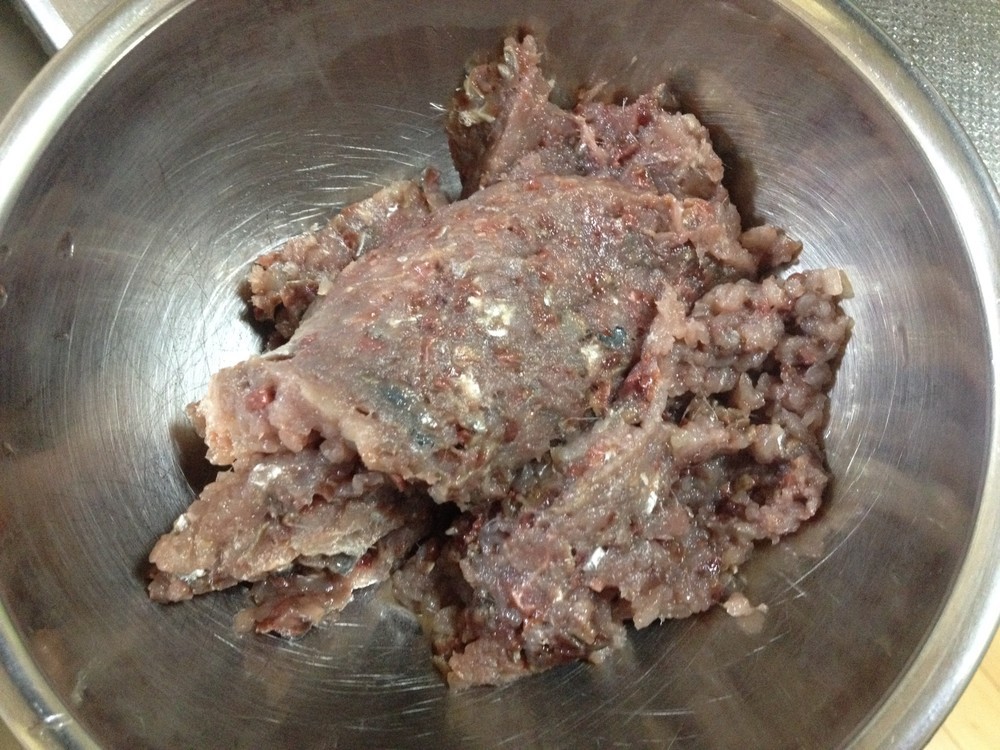
This is a method of mincing fish and freezing it.
Finely chop with a knife or food processor, place in a freezer bag and freeze.
Alternatively, you can divide it into smaller portions and wrap them in plastic wrap so that you can defrost only the amount you need.
How to thaw frozen fish
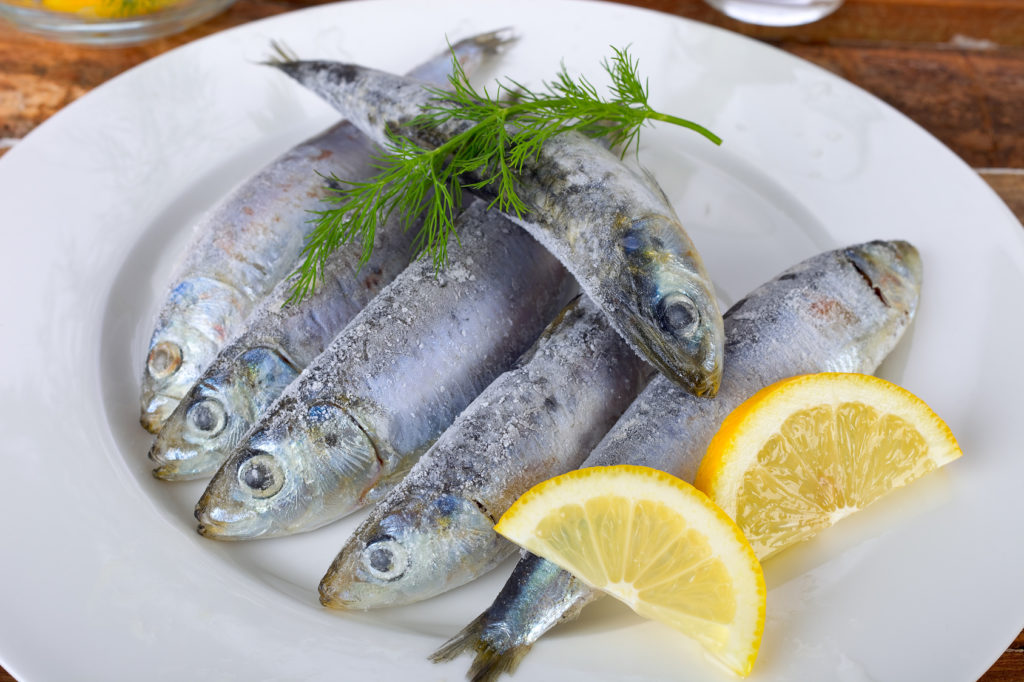
[Before reading this item]
When frozen food is thawed, the liquid that comes out from the food is called drip. Drip is not just water leaking. In fact, the nutrients and flavor contained in the ingredients are also leaked out.
When thawing frozen foods, the key is how to keep this "drip" to a minimum.
refrigerator defrost
The best way to do this is to transfer it to the refrigerator and let it thaw slowly over time.
It depends on the thickness of the food you're thawing, but if you're going to use it in the evening, move it to the refrigerator the same morning.
Although it takes time to defrost, there is less dripping, which prevents loss of nutrients and flavor.
If you have time before cooking, you can definitely choose to defrost the food in the refrigerator.
Thawing under running water
This method is to thaw the entire freezer bag under running water.
It can be thawed faster than in the refrigerator, and if it is not very thick, it can be thawed in 20 to 30 minutes.
However, in summer, when the ambient temperature is high, there is a risk of thawing the food too much.
If you thaw it too much, a lot of drips will come out, and valuable nutrients and flavor will be washed away.
When defrosting food under running water, we recommend that you carefully observe the food.
ice water thawing
This method is to thaw food by filling a bowl with ice water and submerging the whole freezer bag.
Because the food is immersed in ice water, it can be thawed at temperatures close to 0°C.
Although it takes longer to thaw than under running water, it has the advantage of reducing dripping.
microwave thawing
This method uses the microwave's defrost mode.
Just press the button and leave it alone, so it's convenient when you're in a hurry.
When defrosting food in the microwave, make sure to thaw it immediately after taking it out of the freezer.
This is because microwave ovens react more strongly to liquids than solids. If a part of the food is thawing, only that part will be heated intensively, resulting in uneven thawing.
Therefore, when using the microwave, make sure to use completely frozen ingredients.
Cook from frozen
This is a method of cooking frozen food as is.
This is a method that you will want to actively use as it does not require any time or effort to defrost.
It is a good idea to use it when boiling food that has been seasoned and frozen, or when baking food that has been frozen raw.
Expiration date of frozen fish
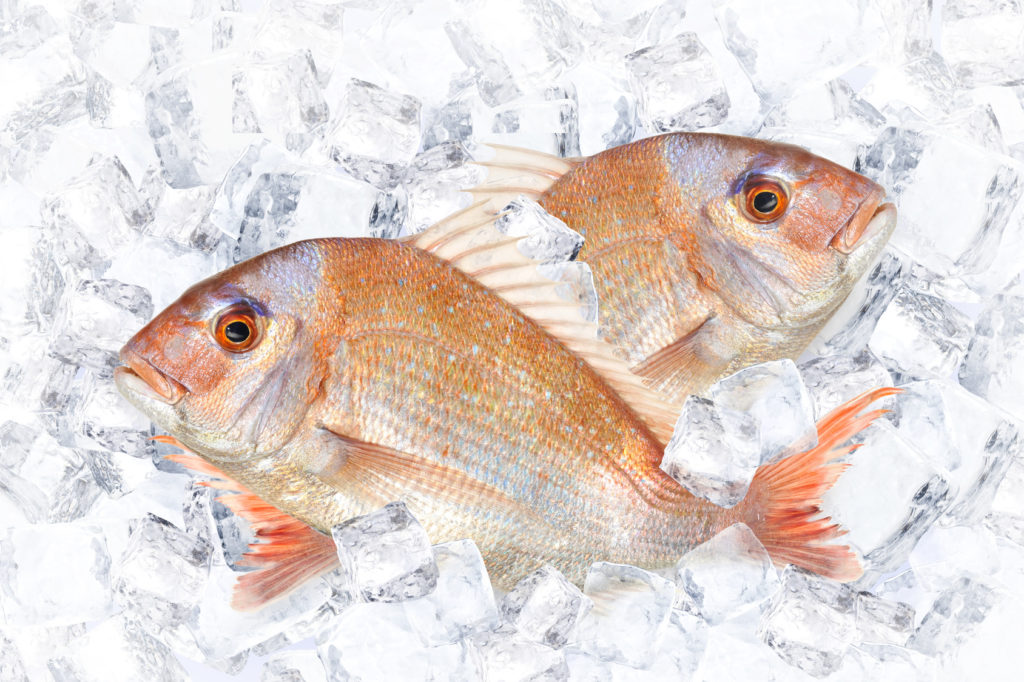
Frozen fish will last much longer than if stored in the refrigerator.
How long it can be stored varies slightly depending on the freezing method, so please refer to the following.
[When raw or surimi]
The approximate storage period is 2 to 3 weeks.
Blue fish and red fish may change color, so we recommend using it within a week.
[When seasoned or heated]
The approximate storage period is 3 to 4 weeks.
The above period is just a guideline. If you notice any change in appearance or smell, please refrain from eating the food, even within the above period.
5 easy recipes using frozen fish
Sardine fishball soup
☑材料(2人分)
・冷凍イワシ(つみれ) 120g
・長ネギ 30g
・大根おろし 大さじ2
・大根の葉 20g
・しょうが 少々
・だし 2+1/2カップ
・醤油 小さじ2
・塩 適量
<How to make>
1) Cut the green onions into small pieces, chop the radish leaves, and shred the ginger.
2) Pour the stock into a pot, bring to a boil, and add all the ingredients and seasonings.
3) Once the fishballs are cooked, they are done.
Source: Most understandable! Basic frozen storage
★There is no need to thaw the sardines.
★You can also use frozen green onions, grated radish, radish leaves, and ginger.
Thai carpaccio
☑材料(2人分)
・冷凍タイ(カルパッチョ用) 100g
・オクラ 2本
・玉ネギ 5g
・イクラ 大さじ2
・オリーブオイル 小さじ2
・レモン汁 小さじ2
・醤油 小さじ2
・パセリ 少々
<How to make>
1) Thaw the frozen Thai for carpaccio.
2) Boil the okra and cut it into rings and chop the onion.
3) Arrange the sea bream, okra, onion, and salmon roe on a plate.
4) Sprinkle olive oil, lemon juice, and soy sauce on top, and sprinkle with parsley to finish.
Source: Most understandable! Basic frozen storage
★Thai for carpaccio...Spread plastic wrap on a plate and arrange the thinly sliced Thai on top. Once you've finished arranging them, wrap them in plastic wrap and place them in a freezer bag to freeze.
Saury simmered in garlic oil
☑材料(2人分)
・冷凍サンマ 2尾分
・にんにく 20g
・鷹の爪 3本
・ローリエ 1枚
・ブラックペッパー 少量
・塩 適量
・オリーブオイル 1カップ
<How to make>
1) Do not thaw the frozen saury, but cut it into pieces (it is easier to freeze the saury cut into pieces).
2) Put olive oil in a pot, add thinly sliced garlic and hawk claws, and heat. When it becomes fragrant, add the bay leaf and black pepper.
3) Add the saury and season with salt.
4) Simmer for about 15 minutes, and when the saury becomes soft, it's done.
Source: Most understandable! Basic frozen storage
Mackerel stew with yuzu miso
☑材料(2人分)
・冷凍サバ 1尾
・柚子のしぼり汁 1/2個分
●味噌 50g
●酒 50ml
●みりん 50ml
●醤油 20ml
●しょうが 1/2かけ
●砂糖 大さじ1
●だし 100ml
<How to make>
1) Thaw the frozen mackerel, grate it into two pieces, and then cut it into half lengths.
2) Put the seasonings marked ● into a heated frying pan, and add the mackerel and yuzu juice from (1).
3) Once the mackerel is cooked, serve it in a bowl and it's done.
Source: Most understandable! Basic frozen storage
★Cut the yuzu peel into strips and sprinkle it on top to add some color.
★You can shorten the cooking time by pre-seasoning the mackerel with ● seasonings (excluding the stock) and freezing it.
Yellowtail teriyaki
☑材料(2人分)
・冷凍ブリ(下味付き) 2尾
・大根 100g
・しょうが 少々
・サラダ油 小さじ2
<How to make>
0) It is best to season the yellowtail (*) in advance and freeze it.
1) Thaw the frozen yellowtail and fry it on both sides in a frying pan along with the sliced radish.
2) Add the pickled yellowtail juice and make teriyaki.
3) Place the yellowtail in a bowl, boil down the pickling liquid, and pour it over the top. Finally, add the chopped ginger and it's done.
*For 2 fillets, add 2 teaspoons of sake, 1 teaspoon of sugar, 1 teaspoon of soy sauce, 2 teaspoons of mirin, and 1 piece of ginger (sliced).
Source: Most understandable! Basic frozen storage
Conclusion
Did you like this article about how to freeze and thaw fish?
There are two points to keep in mind to keep the fish fresh even after thawing.
1. Wipe off water thoroughly
2. Wrap tightly in plastic wrap and avoid exposing it to air.
There are four types of freezing methods:
1. Frozen raw
2. Season and freeze
3. Heat then freeze
4. Surimi and freeze
We introduced the following 5 types of unzipping methods.
1. refrigerator defrost
2. Thawing under running water
3. ice water thawing
4. microwave thawing
5. Cook from frozen
If you freeze fish properly, it can be preserved for a long time, which is incomparable to storing it in the refrigerator. Please try freezing fish using this method as a reference.








![[Storage period increased by 30 times! ] Achieving a stable supply of raw whitebait!](https://shunkashutou.com/wp-content/uploads/2016/11/579c55e6d32e1385c250e8e7c3ed59a71.jpg)
![[Sales increased 100 times! ] rapid freezing the signature menu “Ni-katsu sandwich”!](https://shunkashutou.com/wp-content/uploads/2016/11/IMG_02391.jpg)
![[Horse sashimi] We have significantly reduced waste loss with rapid freezer!](https://shunkashutou.com/wp-content/uploads/2016/11/5fda59d0cbcdabde18e58c3c58c09ed0.jpg)




![[Storage period increased from 3 days to half a year! ] Restaurants are expanding their business using wholesale and mail order!](https://shunkashutou.com/wp-content/uploads/2018/04/66c19942ab4ba346fdb64ccc04cde373.png)
![[Reduce loss from 200 kg of oysters to zero] Improve loss and expand business with rapid freezer](https://shunkashutou.com/wp-content/uploads/2018/06/19785ca583a8d3c4041c7c192d041b0d.jpg)












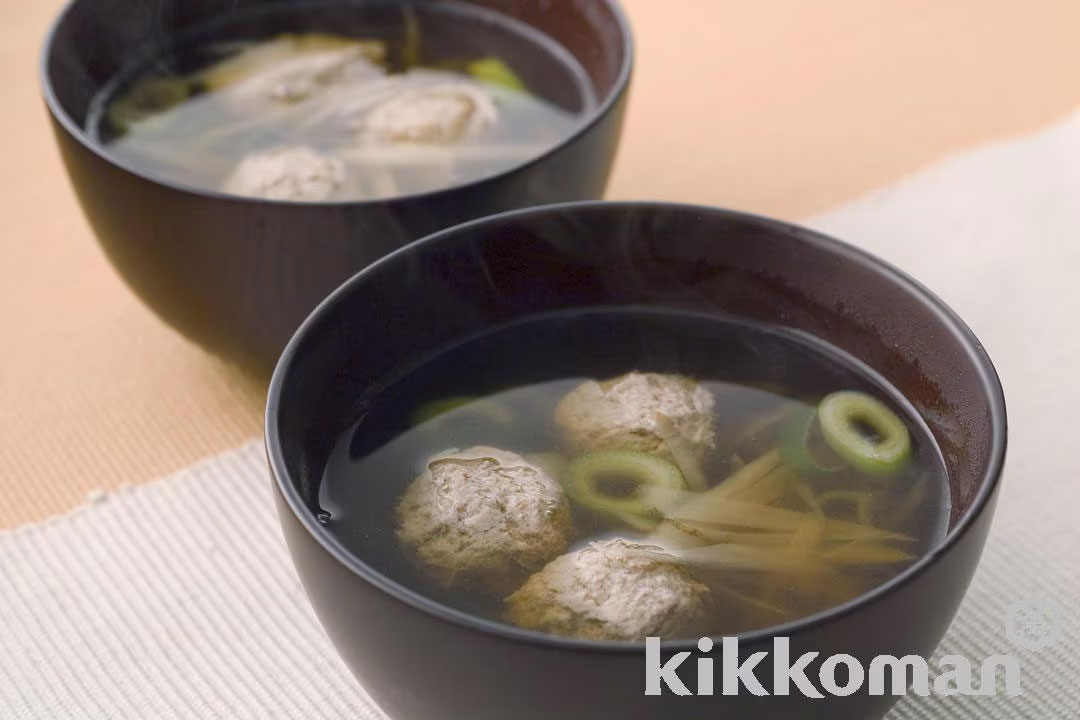
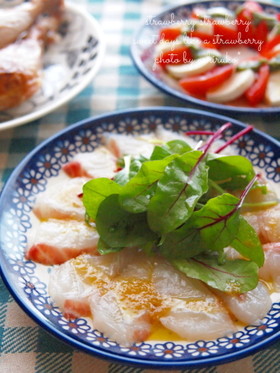
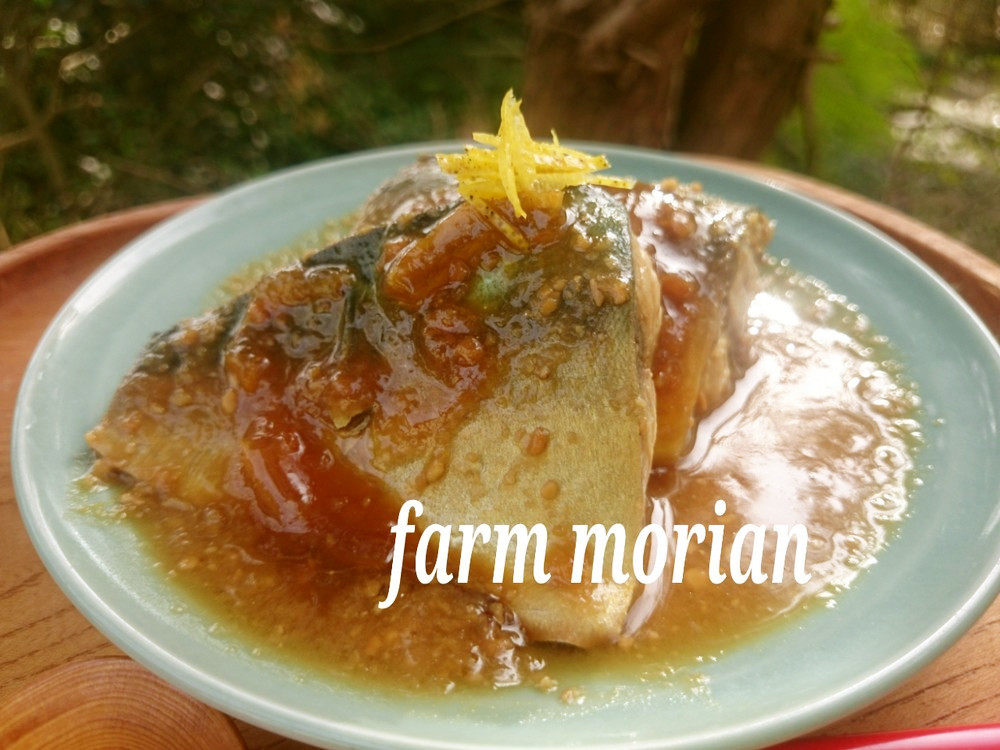
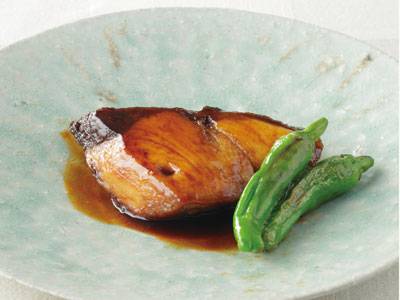


![Explaining how to freeze Maitake mushrooms, their nutritional value, and recipes! [Explanation with photos! ]](https://shunkashutou.com/wp-content/uploads/2023/09/9face03809f7fcaf2e3599773b2e8c80.jpg)
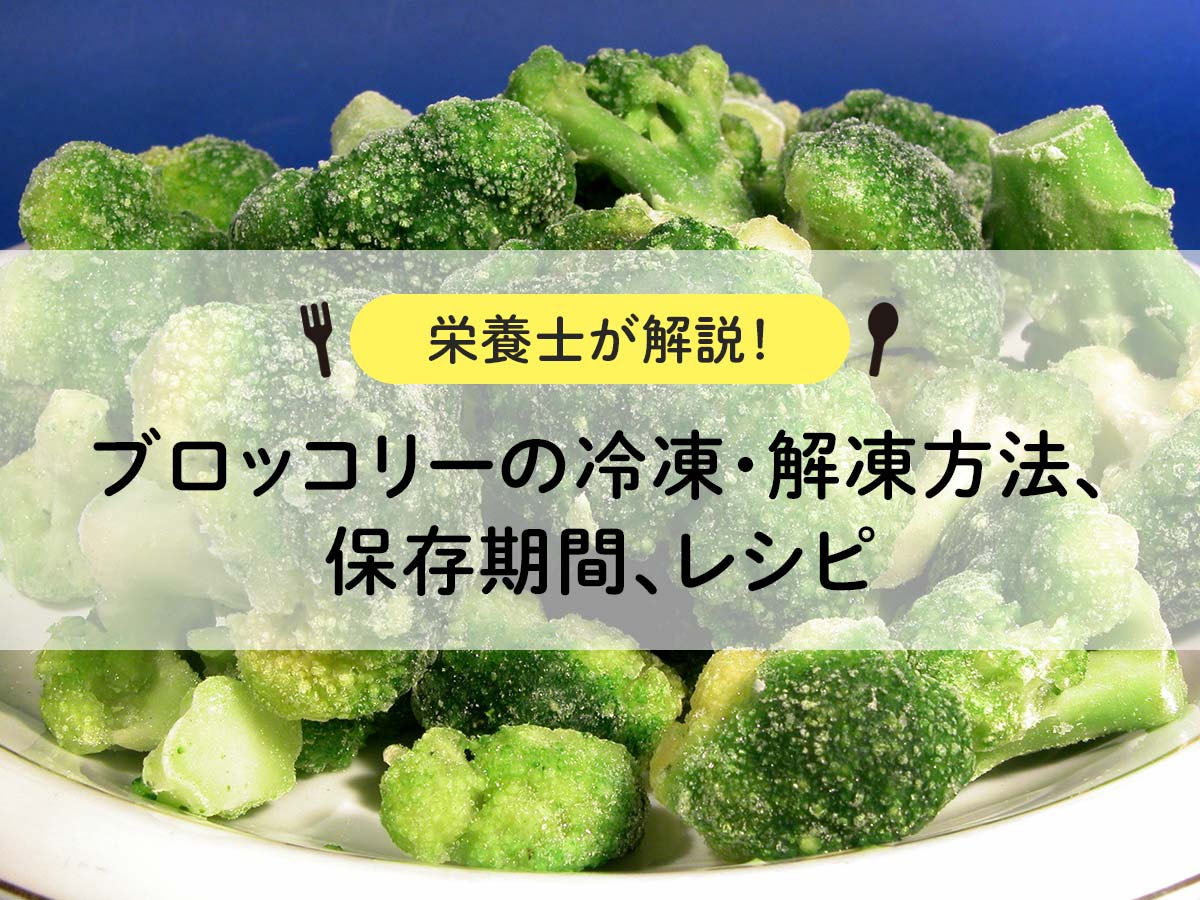
![How to freeze sweet potatoes, storage period, and 5 recipes! [Explanation with photos! ]](https://shunkashutou.com/wp-content/uploads/2023/10/36256af24531b73a036523ba73bdf9ec.jpg)
![How to freeze and thaw chestnuts, storage period, and 5 recipes! [Explanation with photos]](https://shunkashutou.com/wp-content/uploads/2023/09/c590a9e6fb16ed45fe2fdd32813de03b.jpg)
![[With photos] Lemon freezing and storage period, recipes for how to use frozen lemons](https://shunkashutou.com/wp-content/uploads/2023/09/21a01b705aff194717e200bf6dc6ce5b.jpg)
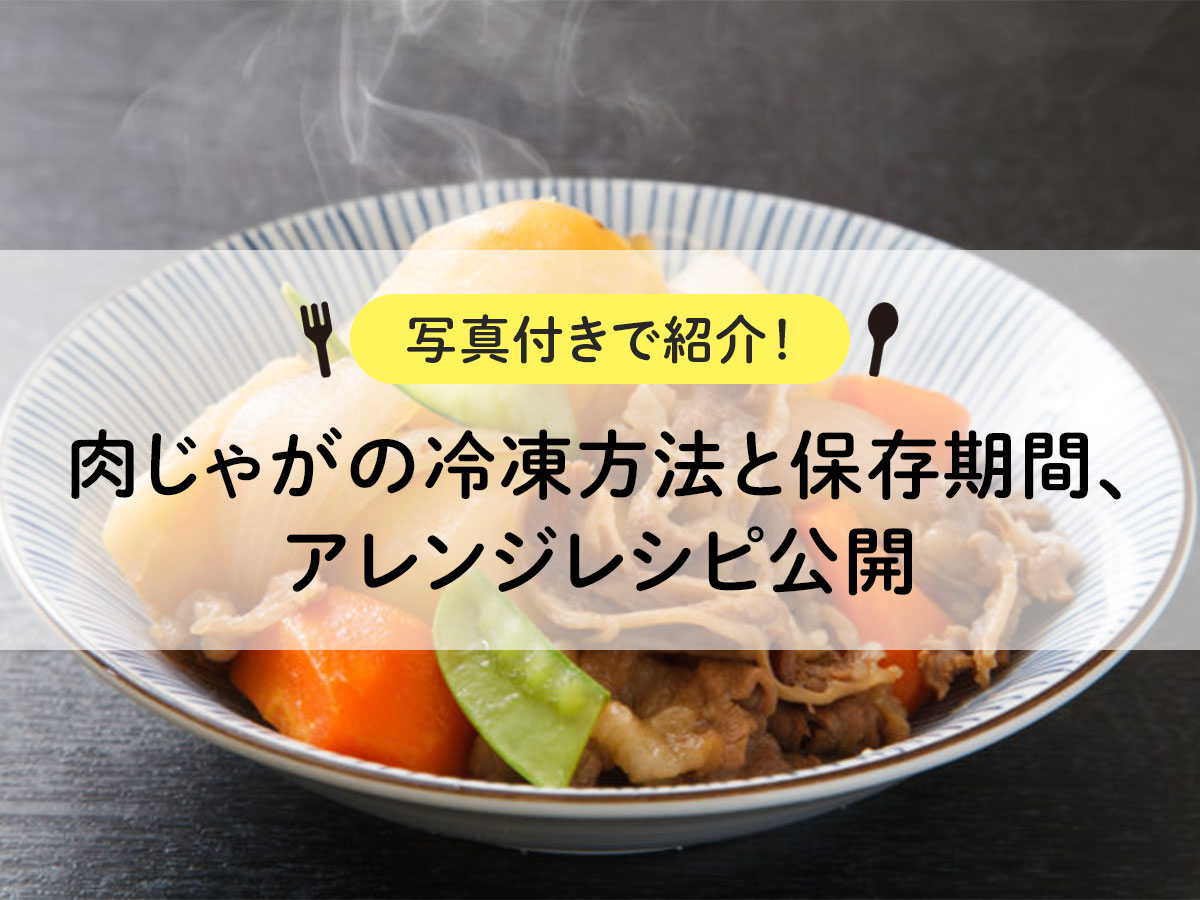
![[Explanation with photos] How to freeze meat sauce, storage period, and 5 recipes!](https://shunkashutou.com/wp-content/uploads/2023/09/efa7161a08e57ef763d9e19623c7669c.jpg)
![[Need to know] 7 points to thaw frozen crab deliciously](https://shunkashutou.com/wp-content/uploads/2023/08/394440560c05fb5b512d75b81a3fae4f.jpg)
![How to freeze celery, nutrition, and 5 recipes! [Explanation with photos! ]](https://shunkashutou.com/wp-content/uploads/2023/09/serori-768x512-1.jpg)
![[Secret Technique] Introducing the freezing preservation and remake recipe of Kinpira Burdock!](https://shunkashutou.com/wp-content/uploads/2023/09/4c4b704274331befeed83cc4493acb75-1.jpg)
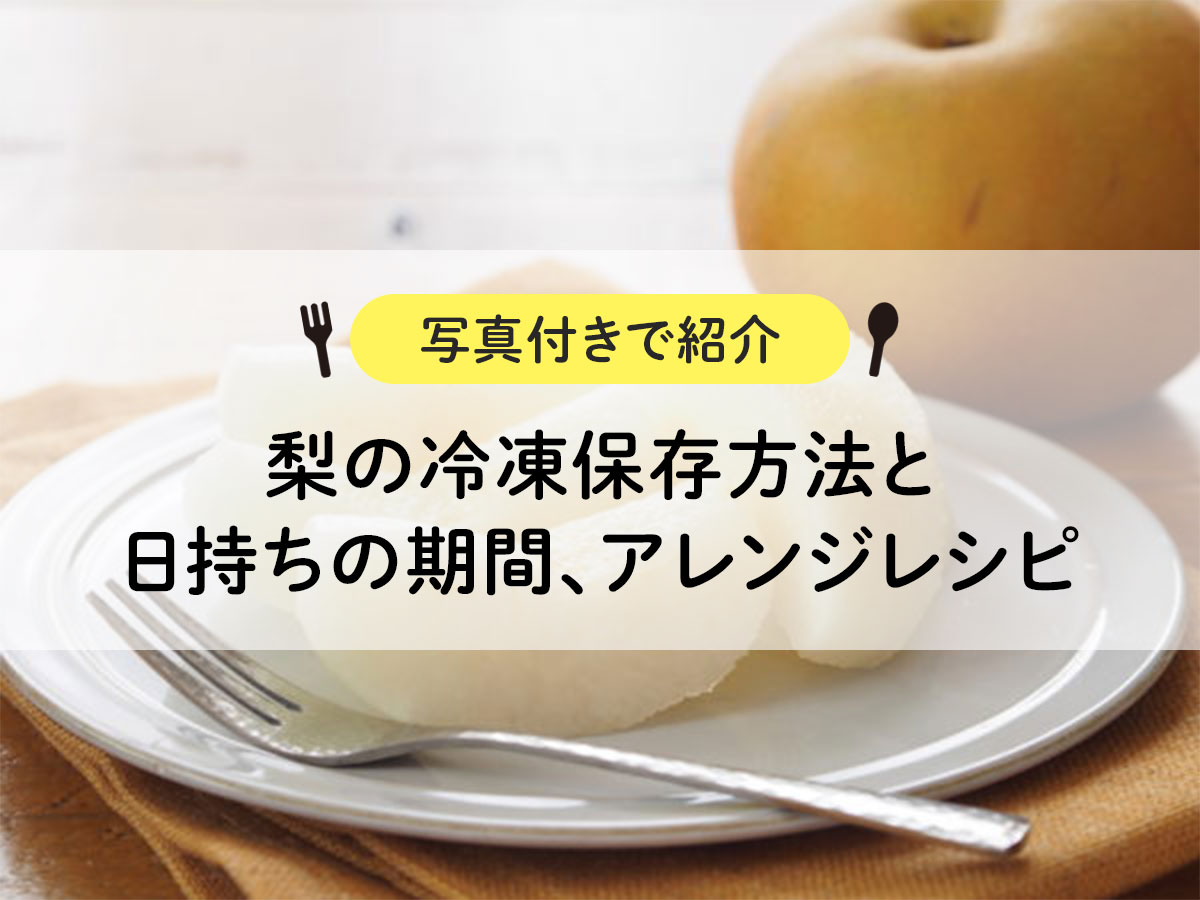
![[Can it be frozen?] Stew freezing method, storage period, and arrangement recipe](https://shunkashutou.com/wp-content/uploads/2023/10/f599b814ea21eef57604e4ceb2518d5b-1.jpg)
![Introducing the method and recipe for freezing shimeji mushrooms [Explanation with photos]](https://shunkashutou.com/wp-content/uploads/2023/09/shimeji-768x510-1.jpg)
![[Save onions in the freezer! ] Introducing storage methods and recipes with photos](https://shunkashutou.com/wp-content/uploads/2023/10/9d2c1259f1c42d7a0e3b61af361e5da8.jpg)
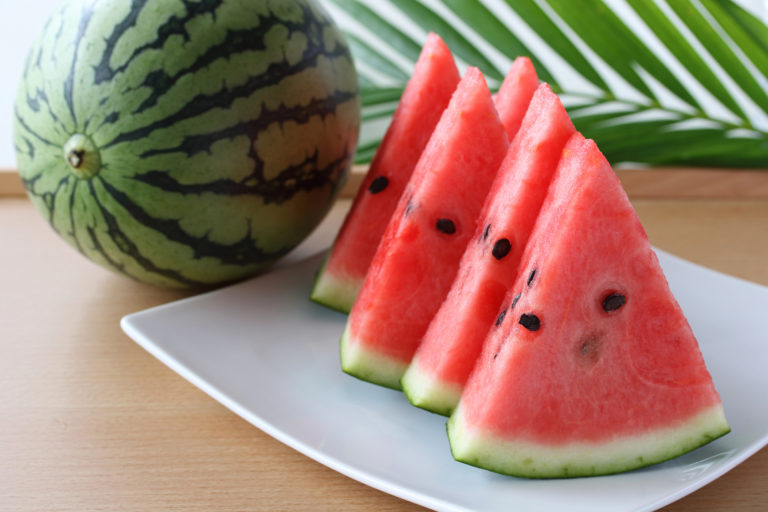
![[Explanation with photos] How to freeze peaches, storage period, and 5 recipes!](https://shunkashutou.com/wp-content/uploads/2023/09/b454a38d482a64b14d55d2560aa4193a.jpg)
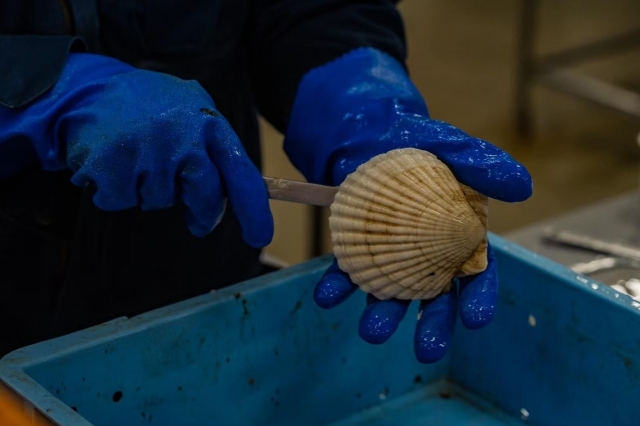
![[Recover the machine cost in about 1 year! ]Reduce loss of tiger puffer fish with rapid freezing!](https://shunkashutou.com/wp-content/uploads/2018/07/1772bacb83f79fbd476ca3d66c8f8281_s1.jpg)
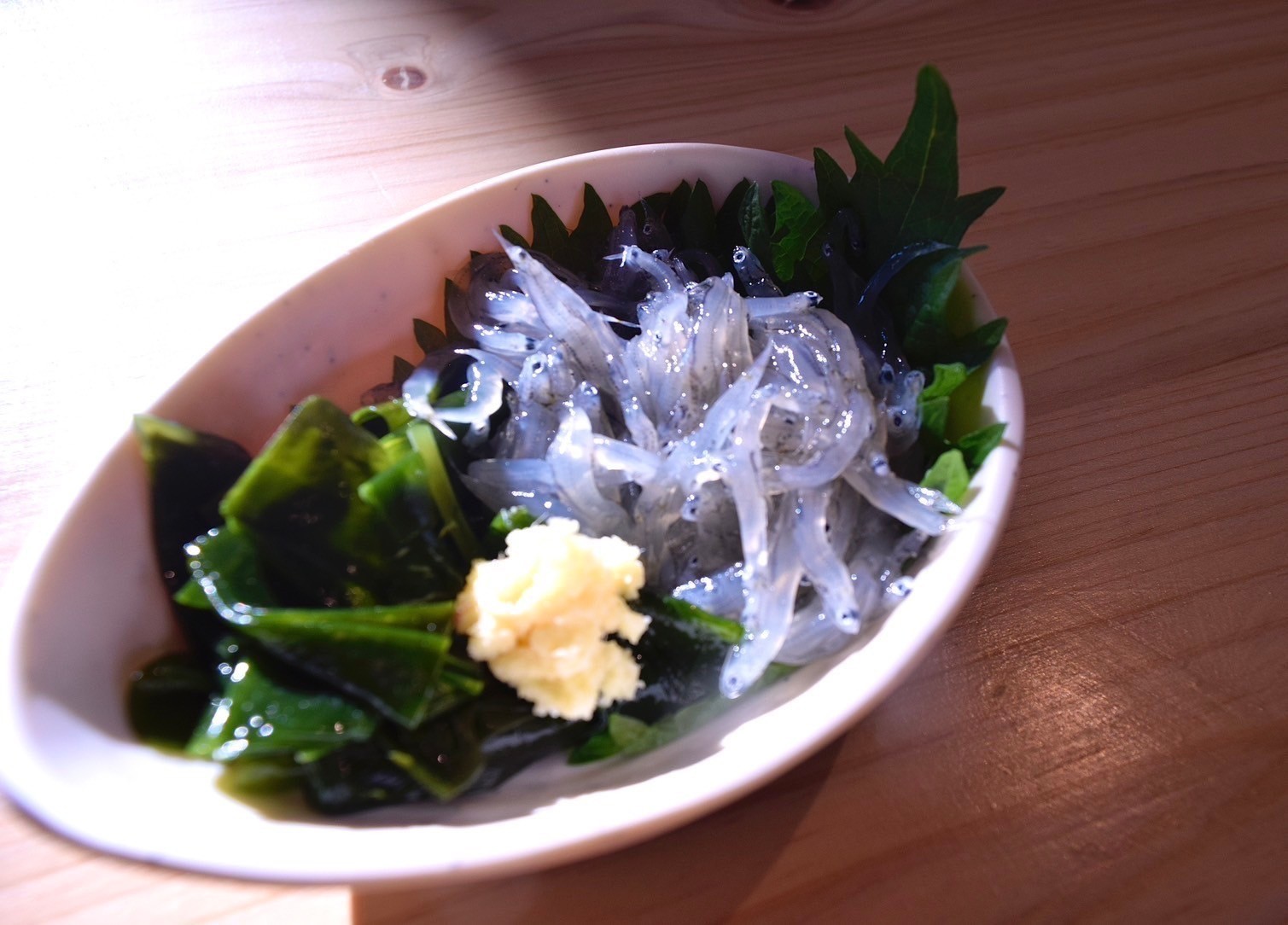
![[Explanation with photos! ] How to freeze mackerel fillets and 5 carefully selected recipes!](https://shunkashutou.com/wp-content/uploads/2023/10/bf45f102162a8d43387d3a8d3e538034.jpg)
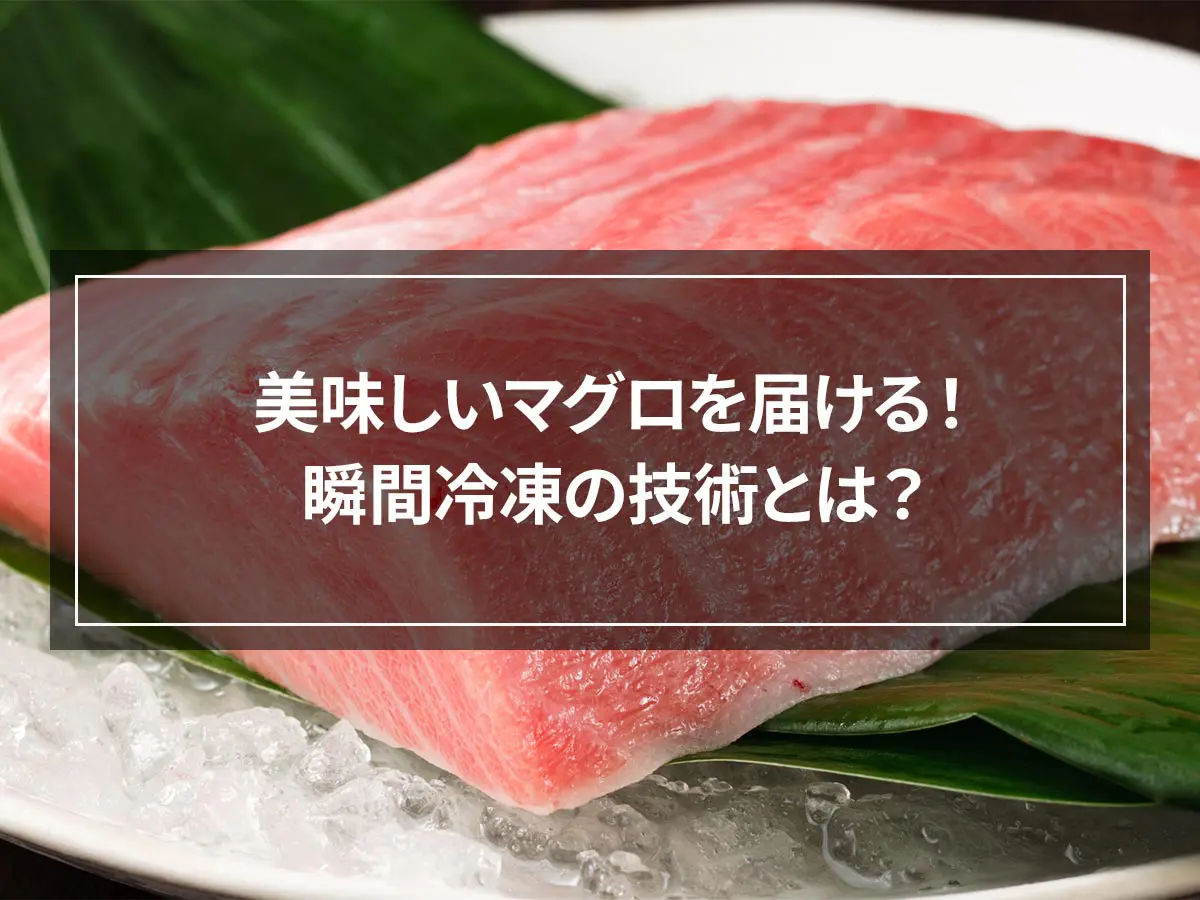
![[Includes recommendations by industry] Summary of types and benefits of small rapid freezer](https://shunkashutou.com/wp-content/uploads/2020/12/smallsize.jpg)
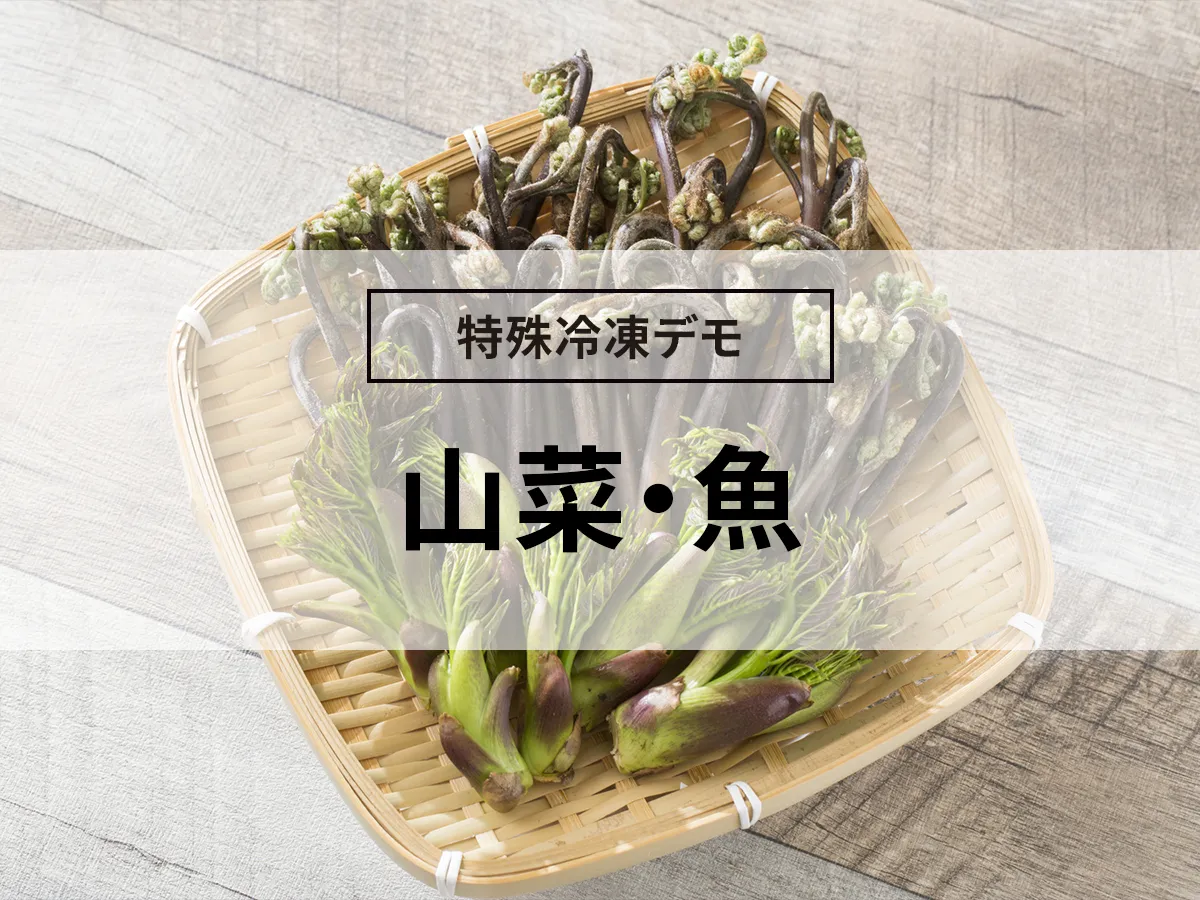
![[How long does frozen fish and meat last? ] Interesting expiration dates and tips to extend the shelf life](https://shunkashutou.com/wp-content/uploads/2023/08/f124221382987fe32d0ffda6b6f497c1.jpg)
![Introducing the method and recipe for freezing green onions [Explanation with photos]](https://shunkashutou.com/wp-content/uploads/2023/09/negi5-768x512-1.jpg)
![[Should be frozen! ? ] How to freeze and thaw bread, 5 carefully selected recipes!](https://shunkashutou.com/wp-content/uploads/2023/10/4691acc32cab80284fa0cddf72d58e95.jpg)
![How to freeze cucumbers and 5 recipes! [Explanation with photos! ]](https://shunkashutou.com/wp-content/uploads/2023/09/37a83e91a989dfbc285ac11dede7c8c2.jpg)
![[Explanation with photos! ] How to freeze and fry croquettes, 5 carefully selected recipes](https://shunkashutou.com/wp-content/uploads/2023/09/b364ee97a71777f9dd2e35fddbbdda72.jpg)
![[Explanation of how to fry! ] Introducing how to freeze spring rolls and 5 carefully selected recipes!](https://shunkashutou.com/wp-content/uploads/2023/09/8964429f347a4ffd32dca5809cd02100.jpg)
![[Explanation of how to boil shrimp] How to freeze shrimp, storage period, and 5 popular recipes!](https://shunkashutou.com/wp-content/uploads/2023/08/4667337fff2317bbcbfc844944c7834b.jpg)
![Freezing garlic, storage period, and 5 recipes! [Explanation with photos! ]](https://shunkashutou.com/wp-content/uploads/2023/10/30693b4b122ff6c57afff367b35bc861.jpg)
![[Recommended for making lunch boxes! ] Delicious ways to use frozen foods](https://shunkashutou.com/wp-content/uploads/2023/09/m-frozen-food-bento_eyecatch.jpg)
![How to freeze grapes, thaw them, storage period, and 5 recipes! [Explanation with photos! ]](https://shunkashutou.com/wp-content/uploads/2023/07/c773e4ee54900a04329b03d0df5c7834.jpg)
![Introducing how to freeze and thaw whitebait, as well as recipes for its use [Full of nutrition! ]](https://shunkashutou.com/wp-content/uploads/2023/10/04d15012ec36f91a5574f63dfa9d4771.jpg)

![[Explanation with photos! ] How to freeze hijiki and its storage period, 5 recipes!](https://shunkashutou.com/wp-content/uploads/2023/09/ff6bdc527dd066b7d725a48161d7925d.jpg)
![How to freeze mizuna and 5 recipes! [Explanation with photos! ]](https://shunkashutou.com/wp-content/uploads/2023/09/b22c59559b7316b40d35d2555434791e.jpg)
![[Just the meat from the field! ] Introducing how to freeze tofu and meat imitation recipes!](https://shunkashutou.com/wp-content/uploads/2023/10/100675242-768x512-1.jpg)
![Explaining how to freeze tempura with photos! [Storage period, thawing, carefully selected recipes]](https://shunkashutou.com/wp-content/uploads/2023/10/51f33cde78d02d01a9e827132e4f069d.jpg)
![[Recommended for those living alone! ] How to freeze rice, storage period, and easy recipes!](https://shunkashutou.com/wp-content/uploads/2023/08/b3c2c946949856ed2c8a8098eacf6641.jpg)
![[Explanation with photos] How to freeze salmon fillets, storage period, and 5 recipes](https://shunkashutou.com/wp-content/uploads/2023/10/fb96564ba06a8cc88a72f0c971ad54e5.jpg)
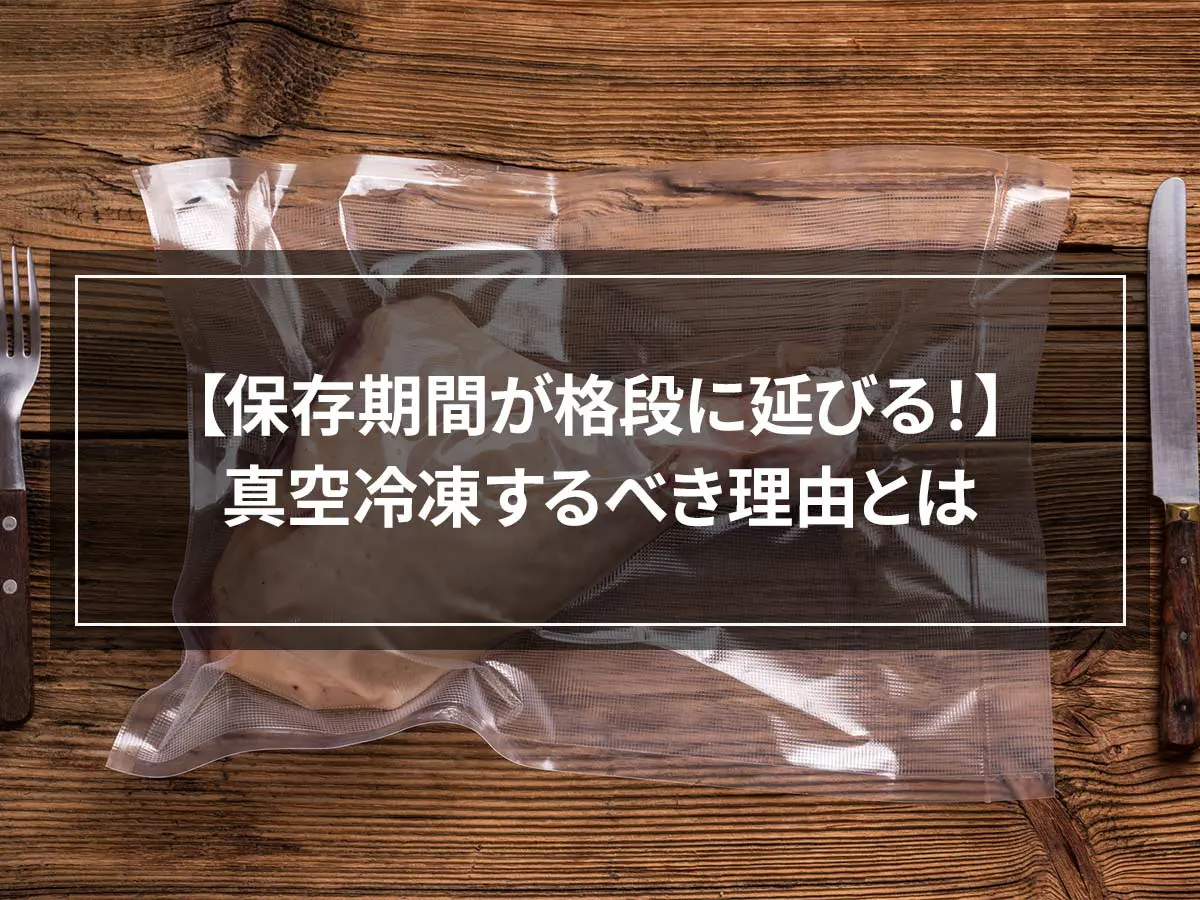
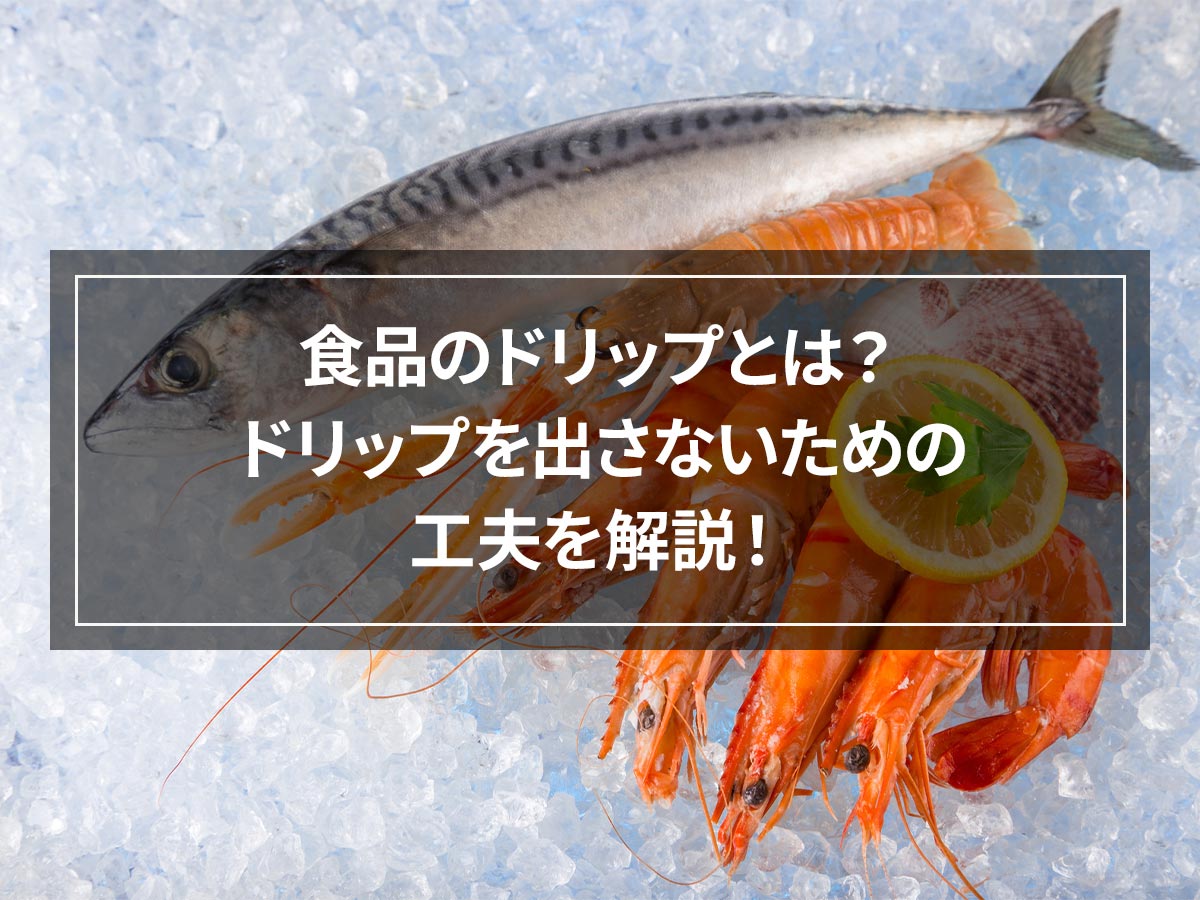

![[Great at sushi restaurants! ] How to increase sales by rapid freezing sushi](https://shunkashutou.com/wp-content/uploads/2016/04/0d3e7f8a3cefa0aefe0a8452e414db21.jpg)
![[Safely distribute delicious fish! ] Kill Anisakis with rapid freezing technology!](https://shunkashutou.com/wp-content/uploads/2024/10/99093c5fe8b0d716c39df907616e4a96.webp)
![[Freezing for a long time] 3 points to keep in mind when preserving vegetables](https://shunkashutou.com/wp-content/uploads/2023/08/5a2668284473e2bd93d9ade88bad2c0b.jpg)
![How to freeze zucchini and 5 recipes! [Explanation with photos! ]](https://shunkashutou.com/wp-content/uploads/2023/10/zucchini6-768x512-1.jpg)
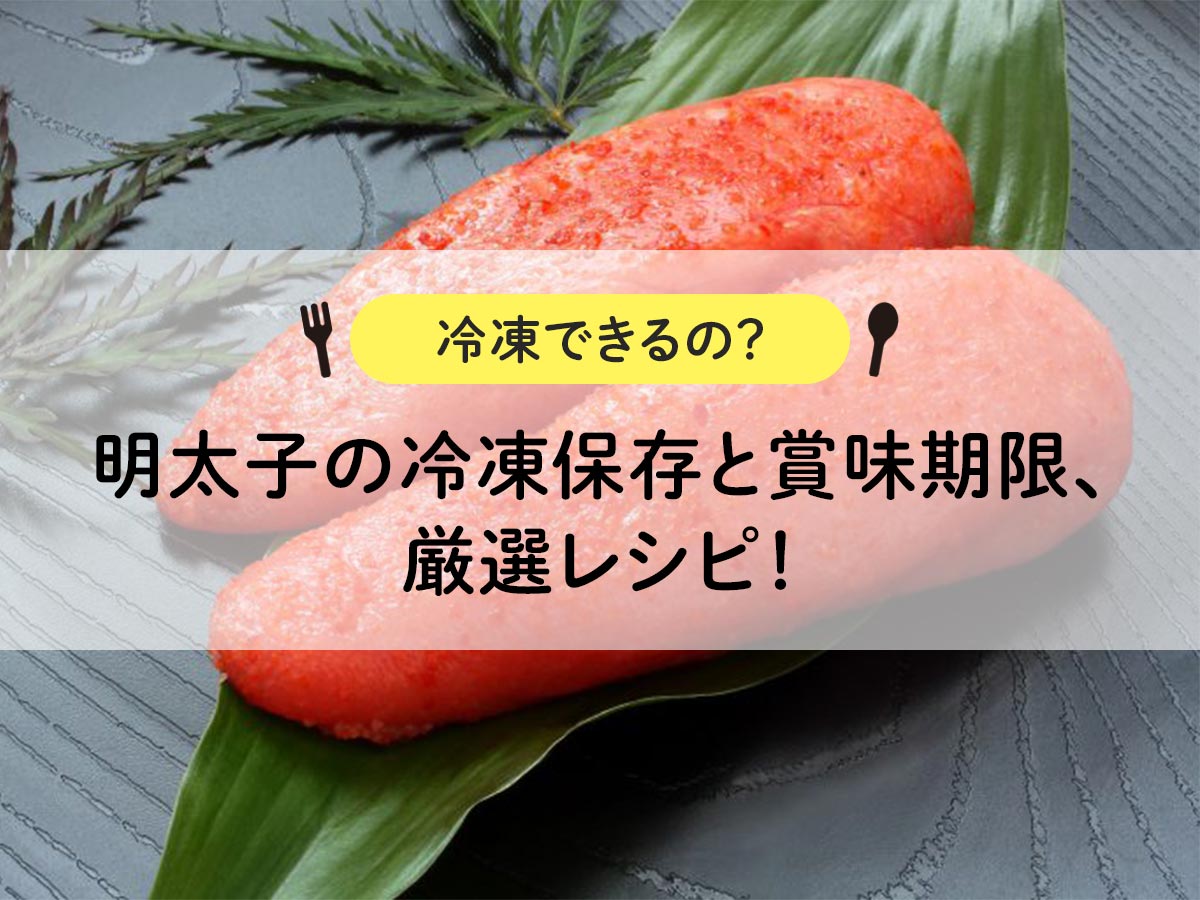
![[Explanation with photos] How to freeze nagaimo, storage period, and 5 recipes!](https://shunkashutou.com/wp-content/uploads/2023/09/c46c238f2048d76de403dfd81ddad1f3.jpg)




